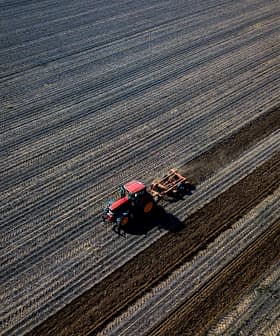The European Commission has announced a public consultation on proposed changes to food labeling with the aim of helping consumers make healthier and more sustainable food choices and tackle food waste.
The commission’s efforts are part of the recently-approved Farm to Fork strategy, an element of the European Green Deal announced in 2019.
Although interested parties have until March 7, 2022, to submit their views, 53 written submissions had already been accepted after just three days.
See Also:European Parliament Approves CAP Reform Amid Strong OppositionThirty-one percent of these were received from the olive oil-producing countries of Spain, Italy, Portugal and Greece.
Numerous groups have criticized the Nutri-Score front-of-pack labeling system in these countries, which is the perceived front runner. At issue is the score given extra virgin olive oil – a Yellow‑C – which is lower than the score given to artificially-sweetened carbonated drinks, such as Coke Zero.
One of the primary goals of the consultation is to decide on nutritional labeling. The commission is currently considering five main options, ranging from voluntary information to a harmonized front-of-pack nutrition label, which would be mandatory across the European Union.
However, the criteria used to determine how nutritional value is presented is the issue most concerning olive oil producers and advocates of the Mediterranean diet.
The Italian Nutrinform Battery has received considerable support as an alternative to Nutri-Score. Rather than assigning each product a “grade” from Green A to Red E, it gives specific numerical data and isolates saturated fats from other lipids.
Meanwhile, researchers at the University of Bari, in Puglia, Italy, have proposed the Med Index, which considers the sustainability and environmental impact of foods and drinks.
In addition to the questions around nutritional information, the commission is seeking consensus on the issue of extending the mandatory use of origin labeling, noting that “consumers are increasingly affected by a range of considerations when making food decisions, including the origin of the food and the length of the food supply chain.”








